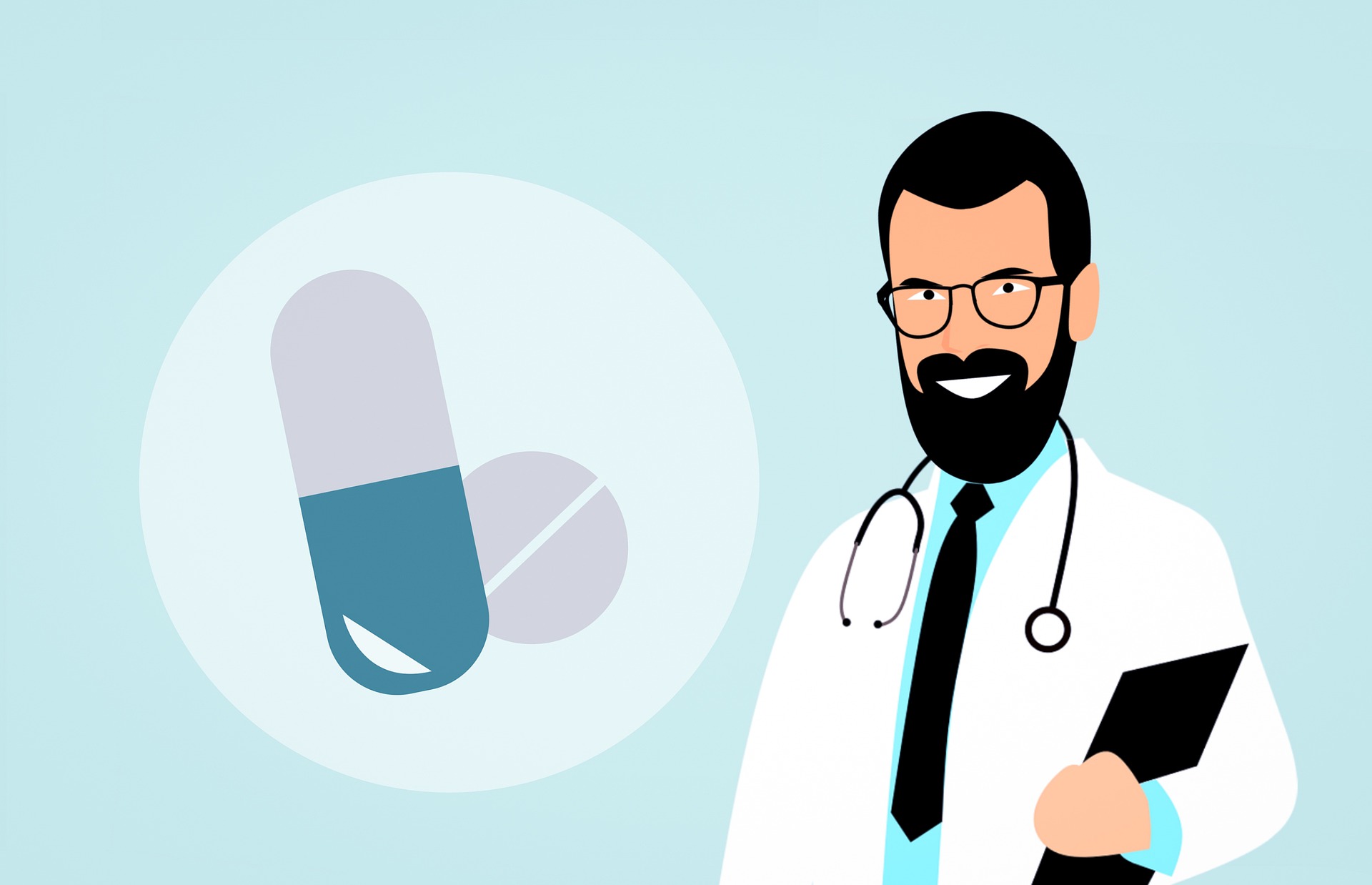
Introduction
Addiction and homelessness are two crises that often merge into a single, devastating reality. Each issue can ignite and intensify the other, trapping individuals in a relentless cycle that few escape without meaningful intervention. In cities across the globe, the streets bear silent witness to countless lives eroded by both chemical dependency and the absence of a stable home. Addressing this dual struggle requires urgency, empathy, and a multidimensional approach that tackles the roots as much as the symptoms.
Understanding a Potent Form of Cocaine
Freebase cocaine is a chemically altered form of the drug designed to be smoked, producing an intense and immediate high. Unlike powdered cocaine, which is typically snorted or dissolved for injection, what is freebase cocaine refers to its pure, smokable form created by removing impurities through a chemical process. This alteration makes it far more potent, as the effects reach the brain almost instantly. While the high is powerful, it also comes with severe risks, including heart complications, lung damage, and intense psychological addiction. The rapid onset often traps users in a dangerous cycle of repeated use.
The Vicious Cycle Between Addiction and Homelessness
Addiction can quickly dismantle the scaffolding of a stable life. Substance dependency often leads to job loss, fractured relationships, and mounting debt—inevitably pushing some toward homelessness. On the other side, homelessness itself fosters conditions where substance use becomes both a coping mechanism and a form of temporary escape from the harshness of life on the streets. The lack of security, exposure to violence, and the constant stress of survival can perpetuate dependency, making the road to recovery even steeper.
Underlying Causes and Contributing Factors
The intersection of addiction and homelessness rarely stems from a single misfortune. Socioeconomic instability leaves many teetering on the brink, where a single job loss or medical emergency can push them into crisis. Mental health disorders—often untreated or misdiagnosed—are common threads in both struggles, as is the lingering impact of unresolved trauma. Compounding these issues is the shortage of affordable housing and a frayed social safety net, forcing vulnerable individuals to navigate systems ill-equipped to address their layered needs.
Health Consequences of the Dual Struggle
The health toll is severe. Chronic illnesses, malnutrition, and exposure-related conditions become frequent companions for those without shelter. Addiction compounds the damage, straining the body’s organs and immune system. Mental health declines sharply under the pressure of constant uncertainty, with depression, anxiety, and PTSD commonly reported. The streets also bring heightened risks of violence, theft, and exploitation, deepening the physical and psychological wounds.
Barriers to Recovery and Stability
For those facing both homelessness and addiction, recovery is often obstructed by systemic barriers. Access to healthcare and rehabilitation programs is limited, with many facilities requiring a fixed address or insurance coverage. Stigma perpetuates social isolation, reducing the chances of securing employment or community support. Legal troubles—ranging from minor infractions to more serious charges—can further entangle individuals in cycles of incarceration and displacement.
Integrated Support Approaches
A fragmented response will not suffice. Housing-first initiatives prioritize securing stable shelter without preconditions, offering individuals a foundation from which to address addiction and other challenges. Holistic addiction treatment integrates medical detox, counseling, peer support, and skills training, recognizing that recovery extends beyond abstinence. Pairing these with mental health interventions—therapy, psychiatric care, and trauma-informed support—ensures that individuals receive care tailored to their unique circumstances.
The Role of Communities and Policy Makers
Communities are essential in bridging the gap between policy and real-world impact. Grassroots outreach programs deliver food, hygiene supplies, and medical care directly to those in need, building trust that can lead to deeper interventions. Policy makers must champion reforms that expand affordable housing, increase funding for addiction treatment, and dismantle bureaucratic barriers. Public education campaigns can challenge harmful stereotypes, encouraging society to view homelessness and addiction through a lens of compassion rather than condemnation.
Understanding Coverage for Trauma Therapy
Eye Movement Desensitization and Reprocessing (EMDR) is a widely recognized therapy for addressing trauma, anxiety, and PTSD. Many people wonder, does insurance cover EMDR, and the answer often depends on the provider and specific plan details. Some insurance companies include EMDR under mental health benefits, especially if it is deemed medically necessary by a licensed therapist. However, coverage can vary based on factors such as diagnosis, session limits, and in-network providers. It’s important to review your policy or speak directly with your insurer to confirm eligibility. Understanding your coverage ensures you can access this effective therapy without unexpected costs.
Conclusion
Addressing addiction and homelessness demands more than charity—it requires systemic change and sustained commitment. The dual struggle is not an unsolvable puzzle, but it does demand that housing, healthcare, and recovery resources work in concert. By weaving together policy reform, community engagement, and evidence-based treatment, we can replace despair with possibility. The journey from the streets to stability is arduous, but with coordinated action, it is a path that can be walked—and reached—by many more.







